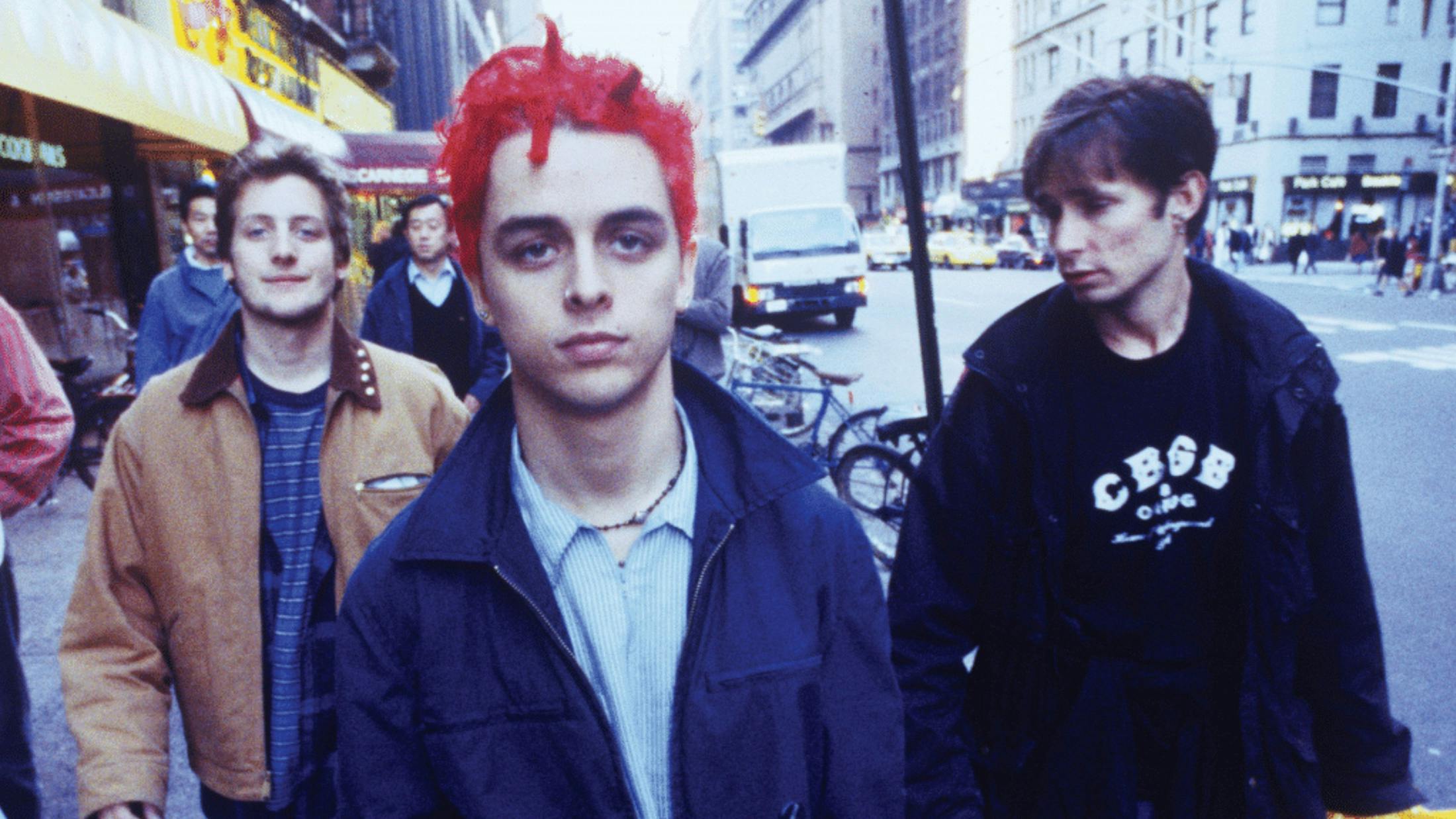There was little glamour in the world Green Day painted – Longview had their leader stuck to a ‘velcro seat’ and smelling like shit, while the music video, shot at the group’s then-current mucky digs, revelled in details like the dingy sofa, the garbage-strewn coffee table, the frankly gross bathroom, while the band later reeled at how sharply the camera had captured their zits. But Dookie – named in tribute to the bouts of diarrhoea the group experienced on the road, due to their poor diet – had depth beyond just jerking around.
Billie Joe Armstrong’s relationship with an idealistic feminist ex-girlfriend, Amanda, inspired the deft She, where he yearns to ease her worries, and the romantic Sassafrass Roots, where he wants her to take things easy for a change and go waste time with him (she dumped him before the album, and legend has it she flew off on a philanthropic mission to Ecuador). When I Come Around was a self-effacing account of the frontman’s own emotional shortcomings, prompted by a temporary separation from Adrienne, the woman he would marry in 1994. Coming Clean, meanwhile, was a brave and ground-breaking exploration of Billie Joe’s bisexuality, a subject he openly discussed after the album hit huge, unafraid of any backlash from possible bigots in Green Day’s newfound audience (the group would soon take queer-radical punks Pansy Division on tour with them).
And then came Basket Case, the album’s biggest hit, inspired by their frontman’s panic attacks, but speaking to wider anxieties and the loneliness and paranoia of modern life. Dark stuff, perhaps, but Billie Joe tackled the subject with wit and vim, and Green Day’s anthems offered catharsis, but also a messy good time. He wasn’t the first songwriter to be proclaimed as the poet laureate of Generation X – this was the era of Kurt Cobain and Eddie Vedder, the Seattleites giving voice to a seemingly universal anxiety and sense of heaviness. But Billie Joe felt no kinship with the grungers, deeming their rock rote and their self-importance alienating. His songs were funny, vulgar, touching, and barrelled along at leopard’s pace.
In the wake of Kurt Cobain’s death – which occurred a couple of months after Dookie’s release – Billie Joe presented a more upbeat flavour of punk rock hero in a suddenly bleak era. In their music videos, which quickly became MTV favourites, he resembled a mischievous kid with a punk makeover, perma-fidgeting and restless-legging in his low-slung guitar stance, eyes huge as an Anime character and mouth caught between a sneer and a snarl – the perfect pint-sized pop-punk heart-throb.
